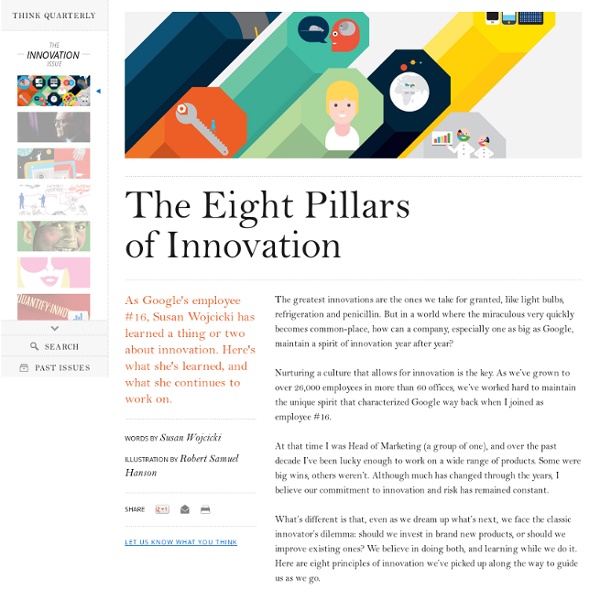Richard Branson on the Art of Brainstorming
Q: Are there any techniques that could help me brainstorm? -- Kai Prout A: When I took part in attempts to set speed records for hot air ballooning across the oceans in the '80s and '90s, we got into some sticky situations. For me, the term "brainstorm" always brings back memories of flying a hot air balloon 30,000 feet above the earth into the eye of a very different kind of storm. In those terrifying, exhilarating moments, our team desperately racked our brains, trying to work out how to survive.
Oligopoly
An oligopoly is a market form in which a market or industry is dominated by a small number of sellers (oligopolists). Oligopolies can result from various forms of collusion which reduce competition and lead to higher prices for consumers.[1] With few sellers, each oligopolist is likely to be aware of the actions of the others. The decisions of one firm therefore influence and are influenced by the decisions of other firms.
Analytically determining of the relative inaccuracy (error) of indirectly measurable variable and dimensionless scale characterising quality of the experiment * / CSJM v.20, n.1 (58), 2012 / Issues / CSJM / Publications / IMCS
Authors: K. Kolikov, G. Krastev†, Y. Epitropov, A. CorlatKeywords: Indirectly measurable variable, maximum relative error, dimensionless scale. Abstract
5 Outstanding TED Talks about Creativity
According to Sir Ken Robinson, creativity is the " process of having original ideas that have values". Everyone of us is born creative but the milieu where we are brought up and the kind of education we receive have a lot to do with how creative we become as we grow up. In his popular TED talk " Do Schools Kill Creativity " , Robinson argued that students are educated out of creativity.
Innovation – The Leadership Soft Skills
A summary of the role of leadership and soft skills in innovation. ‘A leader is best when people barely know he exists, when his work is done, his aim fulfilled, they will say: we did it ourselves.’ - Lao Tzu There are a lot of blogs and worthy peer journals, sharing the importance of innovation in business success and survival. We all agree innovation is important, but how do we nurture innovation, as something which is integral to business process, and creates value within an organisation?
Picasso, Kepler, and the Benefits of Being an Expert Generalist
One thing that separates the great innovators from everyone else is that they seem to know a lot about a wide variety of topics. They are expert generalists. Their wide knowledge base supports their creativity. As it turns out, there are two personality traits that are key for expert generalists: Openness to Experience and Need for Cognition.
Sir Stuart Rose on the changing role of business leaders
There is something revolutionary and very new about the current time and business leaders are thinking differently about their role. We face a dilemma because although everybody is better off than they've ever been at any time in our history, we've also got the biggest gap between the rich and the poor that we've ever had, and we've potentially got a planet which is going to go bust any day. Our world is moving at an ever-accelerating pace, and with the advent of social media, what happens in New York now can be reported across the globe 60 seconds later. These changes call for more open leadership. There is a definite need for more open dialogue, for more social engagement, for more social responsibility and for more accountability. I think that business leaders today have to be more rounded than they used to be, they have to be completely multi-functional and fast-moving.
101 Tips on How to Become More Creative
36Share Synopsis Tips to change your usual mental thinking patterns. 1. Take a walk and look for something interesting. 2. Make metaphorical-analogical connections between that something interesting and your problem. 3.



